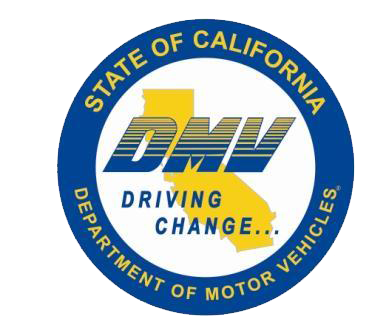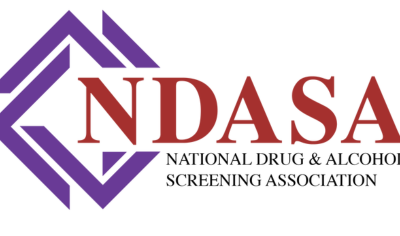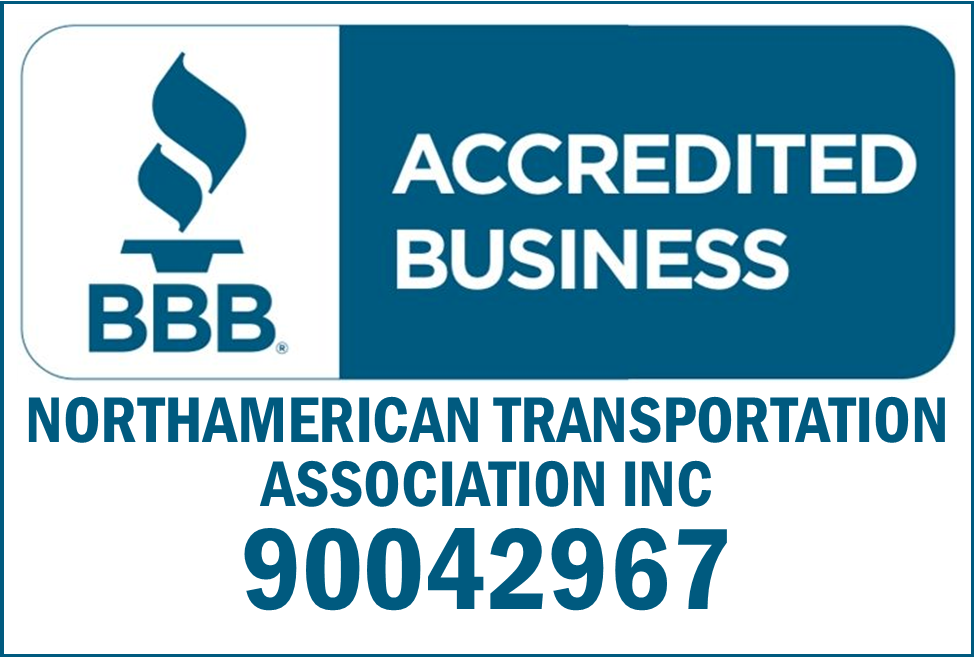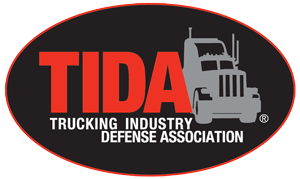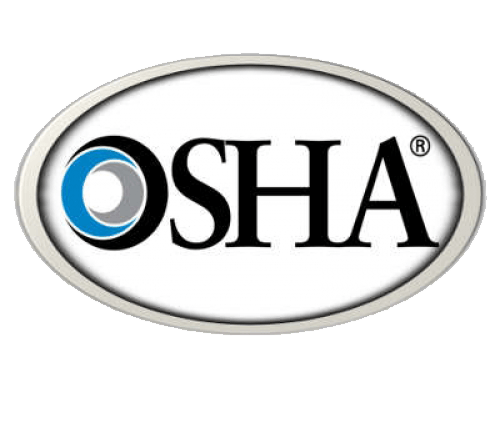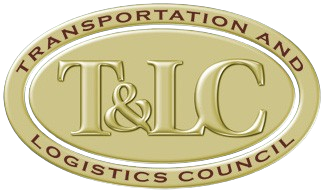7 Actionable Ways to Improve Profit Margins in Your Trucking Business
By Wendy Lindars, special guest writer
Operating costs are among the highest they have ever been, and trucking businesses around the country are feeling the pinch.
According to the 2023 Operational Costs of Trucking Report, the cost of operating a truck had increased to $2.251 per mile, while costs per hour soared to an average total of $90.78.
A year and a half later, the situation has not improved, and it has become clear to small owner-operators and large companies alike that if they do not find ways to save on costs, they could be looking at a very bleak future.
Factors that Affect Profit Margins
A business’s net profit margin is the difference between its revenue and its costs.
The costs that impact profit margins include what, for many owner-operators, are out-of-pocket expenses such as fuel, maintenance and repairs, weigh station and toll fees, insurance, health insurance, truck financing, taxes, technology, and licenses and permits.
If a trucking business has a fleet of trucks, it needs to hire drivers. This means there is a variety of employment-related costs that also impact profit margins. These typically include the cost-per-mile for hired truckers, driver benefits, other salaries and wages, safety programs and driver training, marketing, employment taxes, legal costs, and recruitment and retention.
No matter the size of the business, owners also need to factor in the costs involved in staying compliant with the FMCSA.
7 Tips to Improve Profit Margins
Use the following seven tips to improve your trucking business’ profit margins.
1. Use Real-Time Tracking Technologies
GPS and AI-enabled tracking technologies can significantly enhance operational efficiency. These technologies can be used to gain insights into fuel, driving behavior, and other metrics and to optimize routes.
By making adjustments to driving behavior and routes, it’s possible to reduce fuel consumption while ensuring that goods are delivered on time, demonstrating your business’ reliability to customers, which should result in more business from them and those to whom they recommend you.
Remember, those fleets using ELDs & GS must have complied from January 1, 2024. The GPS must ping every 15 minutes for IRP & every 10 minutes for IFTA.
By using the NTA ELD you will be in compliance because this was set up by a former driver.
2. Optimize Fuel Management
According to the Operational Costs of Trucking Report, the trucking industry saw a 54% increase in fuel spend in 2022. Most trucking businesses would agree that fuel is one of their biggest expenses, which makes fuel management an important consideration when it comes to improving profit margins.
There are several ways to optimize fuel management.
One is to use fuel management software to plan routes with reduced fuel consumption in mind and to find the most economical fueling stations. Another is to leverage fuel card programs or partnerships and the discounts they offer to regular customers such as the NTA Fuel Card backed by Shell Oil.
3. Use Load Boards for Enhanced Load Planning
Many trucking business owners know the frustration of empty miles and loads that are not as profitable as others are, especially when it comes to flatbed hauling and other specialized segments. However, if you do manage to find the right load for a flatbed, you’re looking at a big increase in revenue.
One way is use the NTA endorsed DAT load boards to enhance your load planning, ensuring that you have sufficient driver capacity first. While you can find free-to-use boards, you are almost certain to receive better service on boards that use a pay-per-use model or charge per transaction or subscription fees.
Another alternative is to join the NTA so that you can have access to NTA’s Manufacturing databases. You can purchase by State, by Region or Shipper database. Get your own private database of up-to-date shippers and do away with load boards and brokers by dealing direct with the shippers.
4. Improve Your Use of Freight Factoring Services
Freight factoring can help improve your trucking business’ liquidity so that you can cover operational expenses by turning your unpaid invoices into cash. However, you need to choose the right factoring company if you want to get the best rates and terms.
You also need to know how to use freight factoring services to your benefit. You will receive less money for each invoice due to the fee you pay to the factoring service. If you don’t know how to use the service to your advantage, these fees become another factor that eats into your profit margin.
The trick is to use your enhanced cash flow to boost your opportunities for generating revenue and growing your business.
By joining the NTA, you will have access to NTA’s endorsed factoring company, Orange Commercial Credit. No long-term contracts, no set up fees & you can choose which accounts to factor.
5. Step into Niche Markets
The specialized nature of niche markets in trucking means being able to charge higher rates. Consider stepping into niche markets such as refrigerated, hazmat, or flatbed trucking.
You will need to research the specific needs of various niche markets and consider how you can tailor your services to meet them. If you do decide to work within these markets, you might need to wait a while before you see a return on investment, but once you do, the boosted revenue and improved profit margins should be obvious.
By joining the NTA, you can have access to dry van shippers, expedited/hot shot shippers, flatbed shippers, refrigerated shippers & LTL shippers.
6. Improve Driver Behavior
Aggressive driving can reduce your fuel mileage by between 15 and 30% at highway speeds and between 10 and 40% in stop-and-go traffic. 7.3% of fatal large truck accidents involved speeding, while 5.2% of truck accidents were a result of driver distraction and impairment. Improving driver behavior can lead to savings in fuel, maintenance, and repair costs.
Use AI-enabled dash cams with driver behavior monitoring features to improve driver behavior. The feature will alert drivers and fleet managers to behaviors such as harsh acceleration, braking, speeding, and idling, and to driver behavior such as using a mobile phone or falling asleep while driving. These alerts act as a form of live coaching, encouraging drivers to improve their behavior to enhance fuel mileage and reduce the chances of accidents.
The footage from these monitoring devices is also crucial when an accident occurs, as truck accident lawyers can use it to prove liability. This can save your business a huge sum of money if a driver is not at fault and should not be held liable.
7. Diversify Income Streams
Offering only traditional trucking services limits your trucking business’ revenue to one income stream. Look for ways to diversify your income streams for increased profitability and stability.
Consider whether you could offer trucking-related services such as logistics consulting, maintenance for other trucking companies, or warehousing.
The Bottom Line: Investment Equals Profit Increases
Improving your trucking business’ profit margins is not without its challenges. The main takeaway here is to leverage technology and find other innovative ways to reduce costs, optimize operations, and adapt and diversify in response to the trucking industry’s challenges and trends.
Content Disclaimer: Due to the constantly changing nature of government regulations, it is impossible to guarantee the total and absolute accuracy of the material contained herein or presented. NorthAmerican Transportation Association (NTA) cannot and does not assume any responsibility for omissions, errors, misprinting or ambiguity contained. NTA shall not be held liable in any degree for any loss, damage or injury caused by any such omission, error, misprinting or ambiguity present. It is made available with the understanding that NTA is not engaged in rendering legal, accounting or other professional service. If legal advice or other expert service is required, the services of such a professional should be sought.



